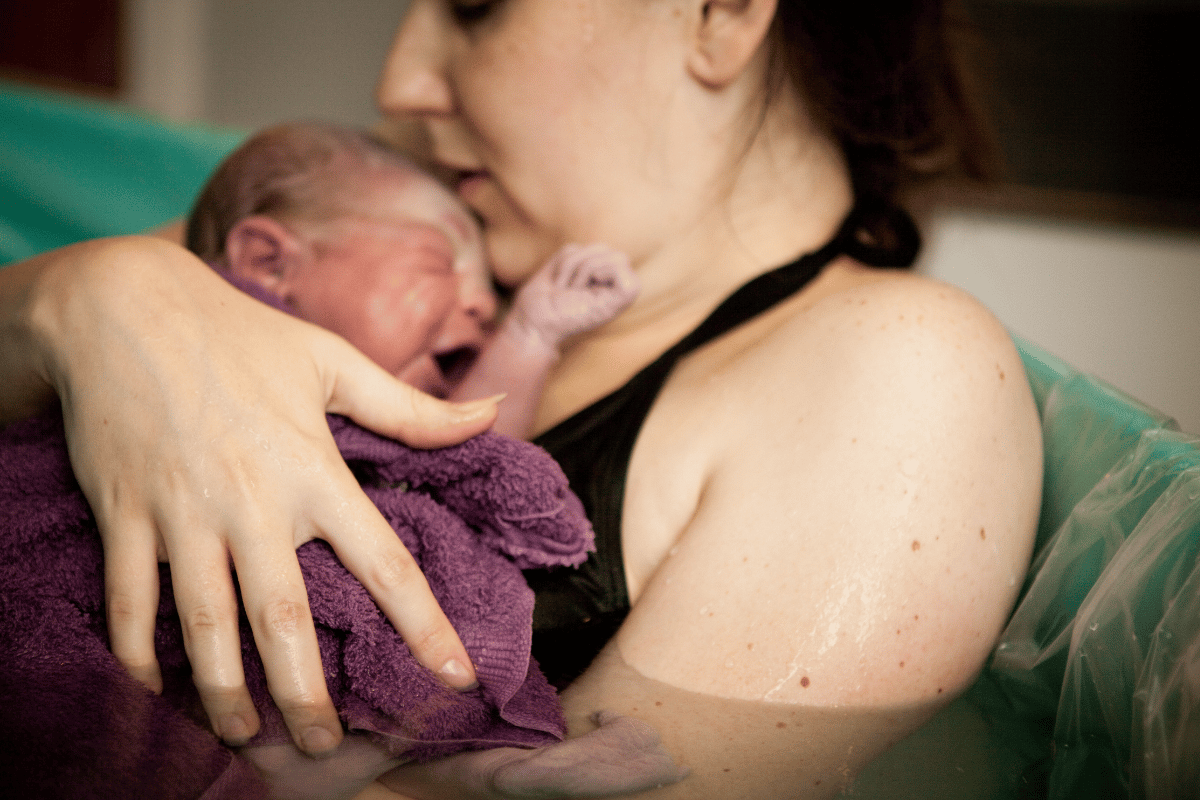
According to statistics, 36 per cent of pregnant women in Australia give birth via caesarean. A significant proportion of these women will elect to have a caesarean for subsequent births but increasingly, more women are choosing to prepare for a vaginal birth after caesarean (VBAC).
Many Australian hospitals, both private and public, support and encourage women to achieve a VBAC.
Watch: Be a good mum. Post continues after video.
If you’ve had a caesarean and you’re considering a VBAC for your next birth, I want you to know that it’s definitely possible but there are two things you can do to improve your chances of of achieving one:
1. Find a supportive care provider.
Whether you choose private obstetric or public midwifery care, make sure that your care provider is willing to support and encourage you to achieve a VBAC. Continuity of care is definitely recommended (this is when you have the same midwife or obstetrician throughout your pregnancy and they’ll support you during labour and birth, too) but it’s not always easy to access.
